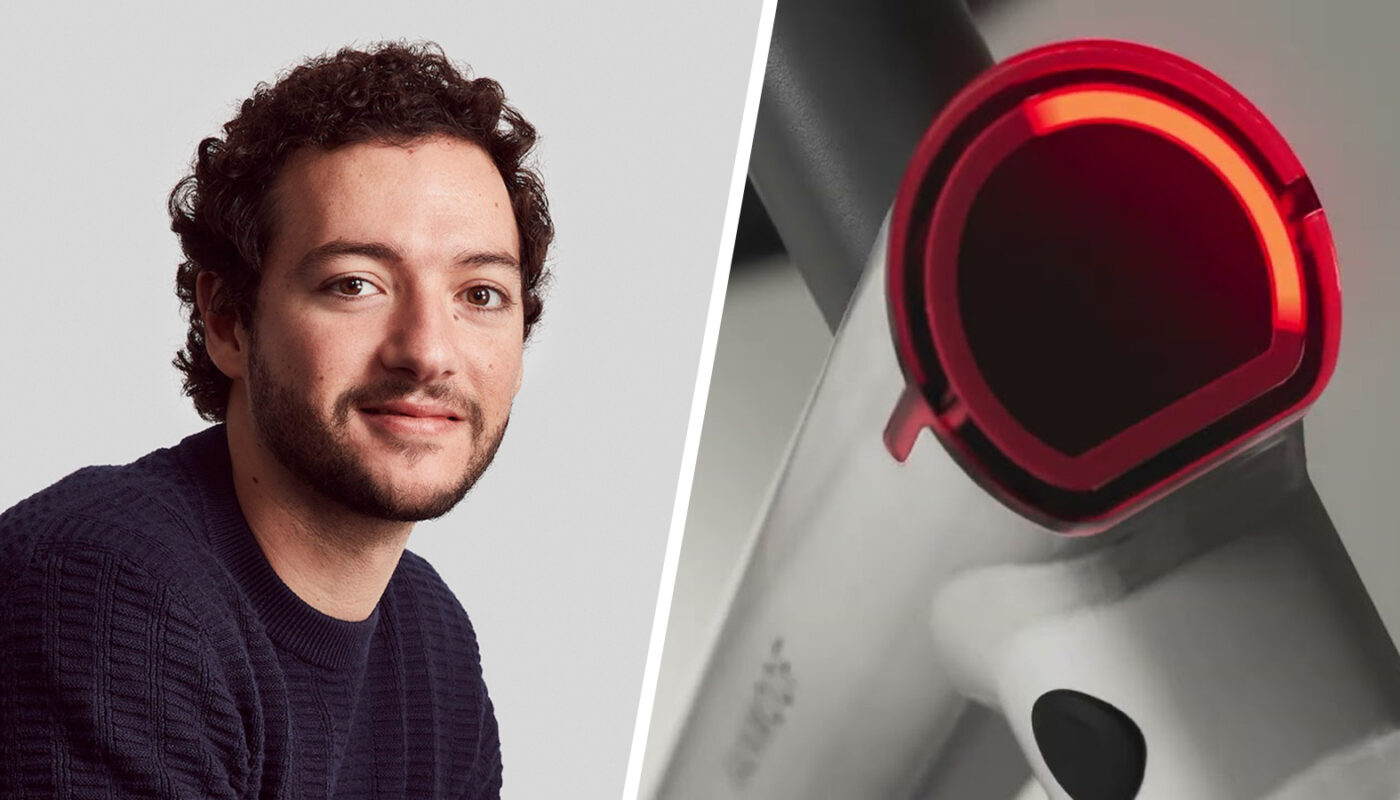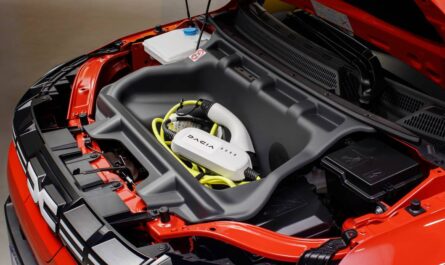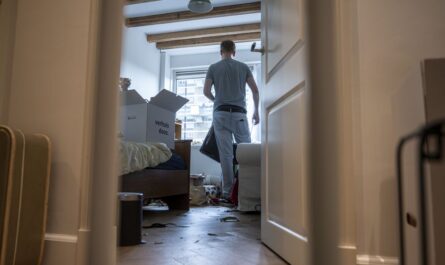Some vintage furniture and a carpet here and there, boxes everywhere with new office equipment and there is still plenty of space. Almost six months after the e-bike maker’s restart, VanMoof’s new headquarters in Amsterdam looks as if a startup has just moved in.
But that is also the story of Elliott Wertheimer, who, as co-CEO together with Albert Nasser, has gotten VanMoof 2.0 up and running in recent months.
The fall and restart of VanMoof
The history is well known: with the ‘old’ VanMoof, the brothers Ties and Taco Carlier went bankrupt in July after they had choked on too low margins on unreliable bicycles that caused service and warranty costs to spiral out of control.
Also read: Taco and Ties Carlier had courage and thought big, which turned out to be the pitfall for VanMoof
But they had built up a well-known brand with many more fans than haters, as is evident from the 114 parties that reported to the curators for a takeover.
British engineering firm McLaren Applied was one of them. Via its subsidiary Lavoie, which was about to launch an electric scooter, it made a bid for VanMoof. As CEOs of Lavoie, Wertheimer and Nasser would also take charge of VanMoof. They already had extensive experience with scooters, but also with e-bikes. ‘When you step into such a complex area as this, I think you have to be a little crazy about technology,” says Wertheimer.
Broken by Brexit
The Frenchman grew up in Mauritius, went to high school in France but studied aerospace engineering in Bristol. ‘It’s really in my blood. I like fixing things, coming up with solutions to technical problems. As a child I tinkered with small mopeds, when I was twelve I started programming and I was also busy building motorized model airplanes. As long as it was complex and had an engine in it.’
Also read our review: The ‘new’ VanMoof S5 has remained the same – and is a bit cheaper again
Wertheimer did research into nuclear batteries and other advanced technology, but decided together with his fellow student Nasser that their own company offered more prospects than research at the university. Their startup entered electric bicycles and scooters. ‘As engineers, we saw electric two-wheelers as a solution to the major sustainable challenges surrounding mobility in cities.’
Furosystems developed e-scooters, folding bicycles and ‘normal’ e-bikes, often made of carbon. ‘We were bootstrapped and then Brexit happened, which meant we had to give up exports to the EU. That cost us 30 percent of our turnover, while the parts that had to come from Europe became impossibly expensive.’
Vision for e-mobility
Wertheimer and his partner came into contact with McLaren Applied, which had also developed an e-scooter itself, and the duo decided to continue under the wings of the renowned engineering firm in 2021.
‘When you work on such a development project, you look beyond the e-step or e-bike product. What is central for an engineer is: how do I really make an impact with my technology? We realized that we had to move towards a different form of e-mobility. People don’t ride a bike or scooter enough because they don’t think it’s cool, or because they don’t want to arrive at the office sweating. A two-wheeler must be efficient, attractive, reliable and relatively affordable.’
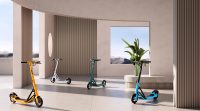
That already sounds quite similar to the vision with which Taco and Ties Carlier the next billion on bikes wanted to get. ‘We also had an e-bike project in the pipeline. And VanMoof was certainly one of the brands we looked at. We were impressed with the design and technology behind it. When things threatened to go wrong at VanMoof last year, we knew we had to talk to them immediately to see if we could help.’
Support from McLaren Applied
When things went terribly wrong, Wertheimer and Nasser managed to get McLaren Applied and its owner, investor Greybull, behind their attempt to acquire VanMoof. They do not provide figures themselves, but the curator is said to have received not much more than 1 million euros from the British. The deal was not just about the main price for the estate.
“Having McLaren Applied behind us gave us a unique profile,” says Wertheimer. Nick Fry, the CEO of McLaren Applied, has not only led successful F1 teams, he was also boss at Aston Martin and led a major recall at Ford.
‘So he has experienced quite a few situations in which product reliability played a role. We had already developed an e-bike ourselves, and therefore had extensive technical knowledge and experience with mobility. As a result, our offer was taken seriously by the trustees.’
Magic brand
And then the real work began. What Wertheimer found when he reported to Amsterdam? ‘Eha brand that people loved even more than we previously thought. Despite all the issues VanMoof struggled with, many people were angry, but many more were hopeful.’
Before the restart, the new CEOs had to deal with everything A players of the old VanMoof drinking coffee to entice them to get on board. “That cost me my summer and a lot of sleep,” Wertheimer laughs. ‘But in retrospect that was the crucial moment for the restart: ensuring that we got enough people enthusiastic about our approach. Some were quite devastated by the bankruptcy. We had to convince them of our chance of success.’
He still tells everyone the story with which the VanMoof CEO convinced them: that VanMoof is a magical brand with great design and marketing, with products that are technologically years ahead of the rest of the e-bike world. ‘The electronics really approach automotive level. Think of the kick lock, which opens automatically when you are nearby. This involves six years of intensive development. It’s magic, and it works.’
VanMoof’s business model was wrong
What is even more important is how the British want to get to the bottom of the leak. ‘Yes, the number of failures was too high, especially with the 3, although it was more reliable from 2021 and the 5 was fine. But VanMoof’s problem wasn’t so much glitchy parts, or the fact that those parts didn’t come off the shelf. The business model was wrongly chosen.’
What particularly hurt VanMoof, says Wertheimer, is that it kept not only sales, but also after-sales in its own hands. ‘Repairs and maintenance of bicycles, which were also difficult to service. VanMoof’s problem was really more complex than using self-developed parts. Once we understood that, we also knew how to fix VanMoof.’
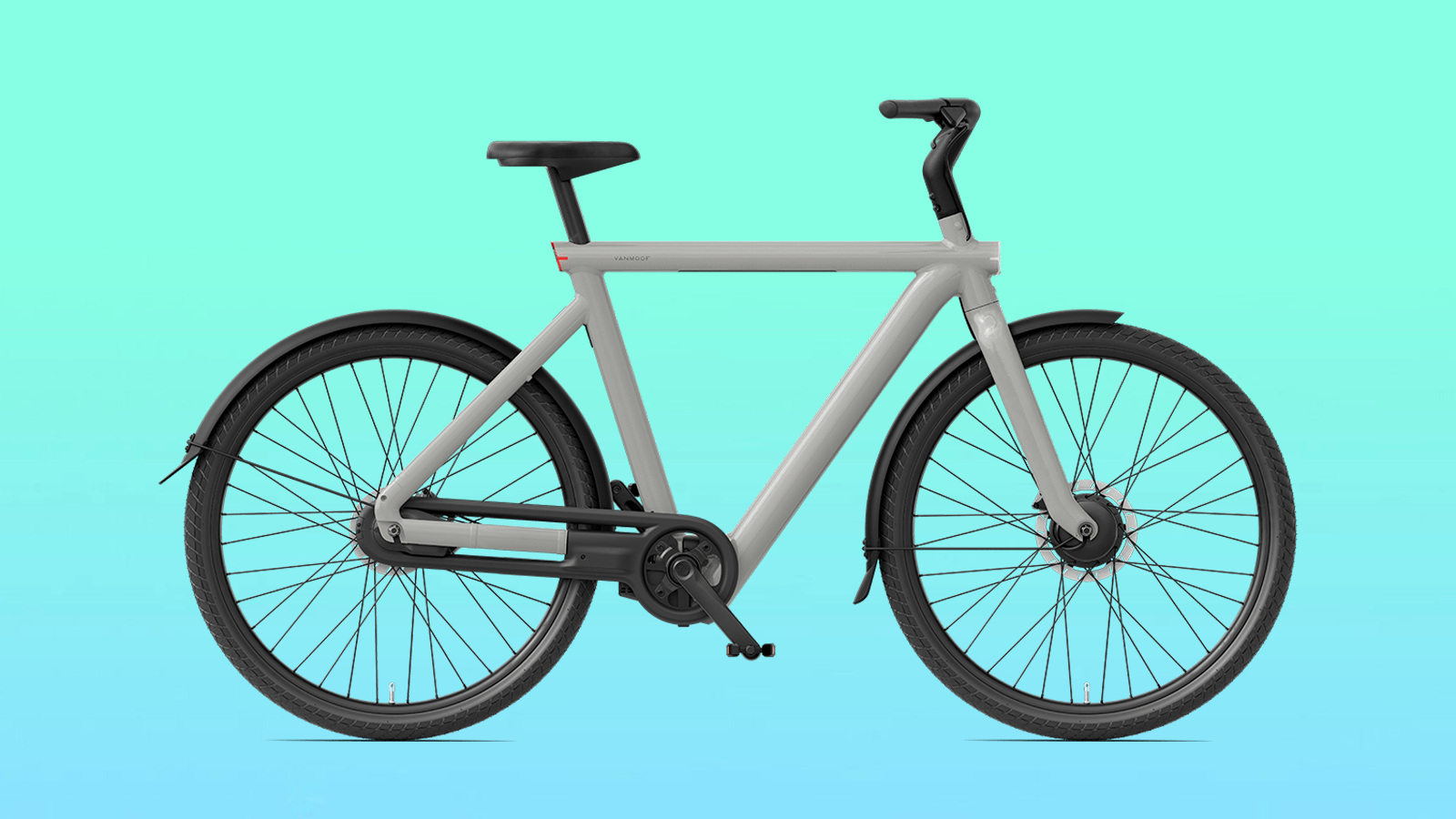
While people were being hired again in Amsterdam and in Taiwan, where VanMoof organized production, Wertheimer’s co-CEO in particular approached suppliers with the new story. ‘They are large, business-run manufacturers. They understood that they had to accept their loss and they liked our plans. They were often still very enthusiastic about VanMoof.’
Wertheimer himself is in Amsterdam on working days, but is still looking for an apartment. ‘I sleep with friends or in a hotel. At the weekend I am in London, Paris with family or with friends in Italy. A nomadic existence yes, but given my youth I am used to that.’
Cycling improved where necessary
As for the business model: from now on, VanMoof will leave all maintenance and repairs to a network of bicycle repair shops and bicycle shops. For the time being, sales will also take place through retail, although a webshop will open soon. But anyone who orders a copy online when there is no service point nearby will receive a warning. ‘It’s a hybrid model. But the only aftersales we do is for our service partners.”
And the bicycles themselves were the subject of the dust comb. ‘Which parts did we have to replace, which could we still improve and which were just good? This led to the conclusion that the S5 and A5 were super reliable with some minor adjustments and a software update.’
The 3 had a handful of parts substandard, but would require much more rebuilding due to its different design. The new VanMoof still supplies the parts for the 3, improved if necessary. “That is our main goal for this year: to rebuild confidence in VanMoof and keep riders on the road.”
Profitable within 2 to 3 years
Now that the first containers with fresh bicycles have arrived back in the Netherlands, goal two is also in sight this week: delivering VanMoofs. How many? Wertheimer doesn’t want to say much about that. ‘Thousands, but we don’t want to go too fast and start with national coverage in the Netherlands and Germany. We prefer not to sell bicycles where there is no shop.’
McLaren Applied previously announced that tens of millions are available if necessary to get VanMoof back on track. Wertheimer believes his company can be profitable again within two to three years. ‘It could take longer, or if we’re very lucky it could go faster. But of course our ambition does not end there.’
The new owners of VanMoof do not immediately resort to standard parts, but do not rule out that future models will contain more stuff ‘off the shelf’. Especially where some design or innovative features don’t make the difference.
‘It’s a matter of finding the right balance. But you cannot innovate the e-bike like VanMoof did by following the traditional model of the established bicycle manufacturers. We are really here to do something, not just to sell bicycles. We want more people to take up cycling, and to do that we need to make the best bike imaginable, that looks the best and always works.’
New ideas for VanMoof
As an aerospace engineer, doesn’t the French co-CEO have a pile of ideas for future VanMoofs? The first will be the converted scooter that Lavoie had wanted to launch last November. That will come sometime in the next quarter. But after that?
‘Of course I have a lot of ideas, but my role as CEO is to provide direction to all the R&D talents and e-bike experts here, a direction that everyone supports. Then the best ideas will automatically emerge through collaboration.’
Also read: Tested: the new Veloretti Ace and Ivy Two, an excellent alternative to VanMoof
Unlock Full Article
Watch a quick video to get instant access.

